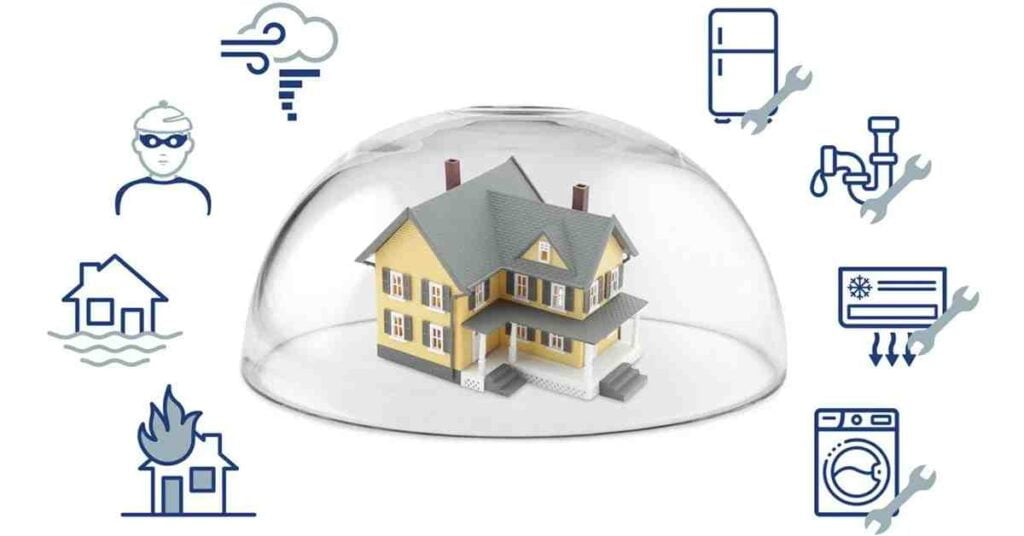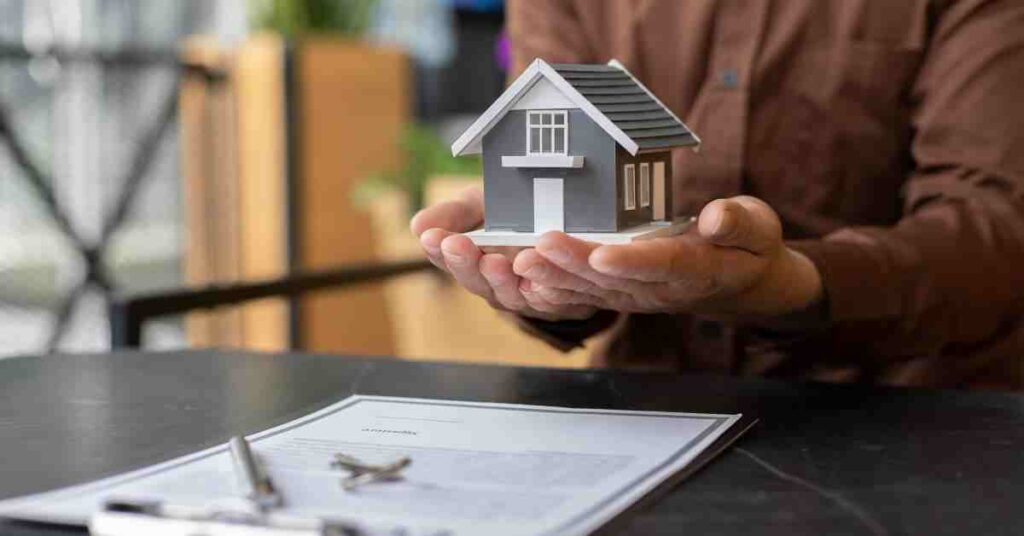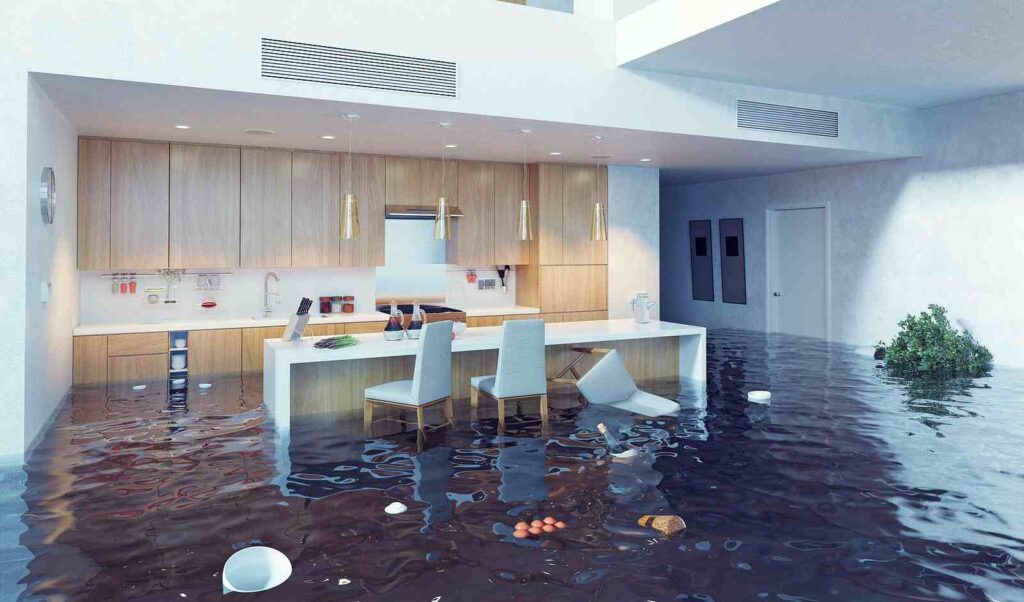Building your dream home is a thrilling adventure filled with planning, design choices, and the anticipation of seeing your vision come to life. However, amidst the excitement, it’s crucial to consider how you’ll protect this significant investment from unexpected events. One key question that often arises is whether homeowner insurance is sufficient during the construction phase, or if additional coverage is necessary.
In this article, we’ll unravel the complexities of homeowner insurance and explore why it might not be enough to cover the unique risks associated with construction. We’ll dive into the specifics of builder’s risk insurance, explain its benefits, and guide you through the steps to ensure your new home is protected from the ground up. Whether you’re starting from scratch or renovating an existing structure, understanding the right insurance coverage can save you from potential financial pitfalls and give you peace of mind as you build your future.
Why Homeowner Insurance is Needed During Construction?
Homeowner insurance during construction is a pivotal aspect of any building project. It serves as a financial safety net, ensuring that the substantial investment you make in your home is protected from the start of construction to its completion. Here’s why homeowner insurance is indispensable during the construction phase:
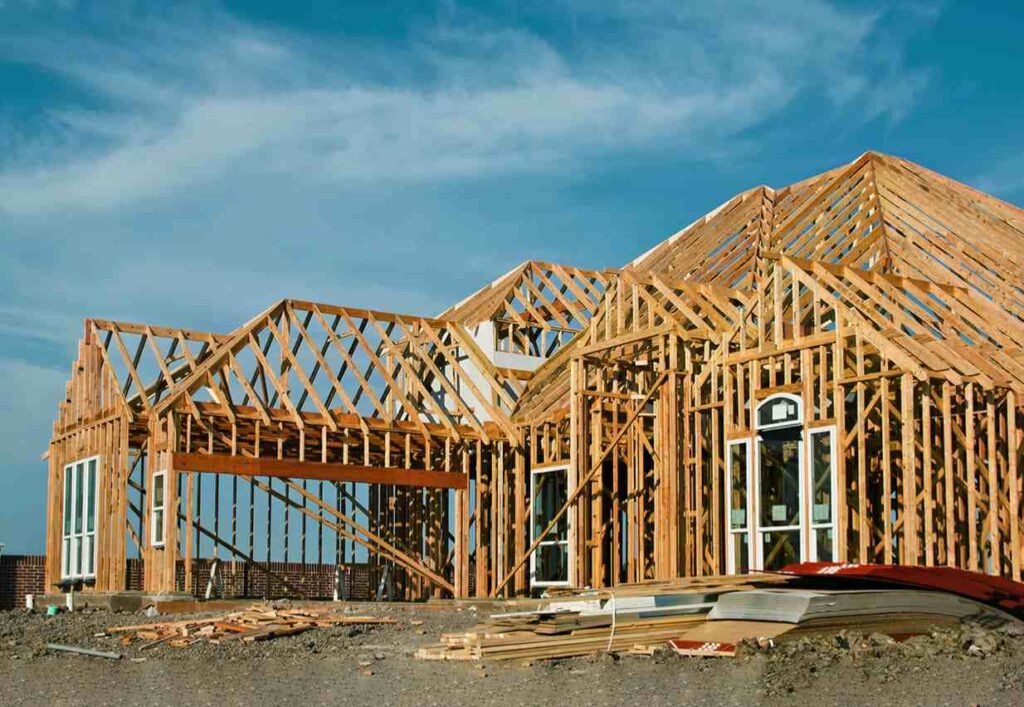
1. Protection Against Unforeseen Events
Construction projects are inherently risky, with potential for unexpected events such as fire, theft, or natural disasters. Homeowner insurance can offer some protection against these unforeseen events, safeguarding your investment during the construction phase.
2. Liability Coverage
Construction sites can be dangerous, and accidents can happen. If someone is injured on your property during construction, homeowner insurance can provide liability coverage to protect you from potential lawsuits and medical expenses.
3. Coverage for Existing Structures
If you are renovating or adding onto an existing home, homeowner insurance covers the existing structure. This ensures that any damage to the already built parts of your home is covered while new construction is underway.
4. Personal Property Protection
While builder’s risk insurance primarily covers the construction materials and the structure being built, homeowner insurance can provide coverage for your personal property that might be stored on-site or in temporary storage.
5. Compliance with Mortgage Lenders
Many mortgage lenders require that the property be insured throughout the construction process. Homeowner insurance ensures compliance with lender requirements, preventing any potential issues with your mortgage.
6. Peace of Mind
Having homeowner insurance during construction offers peace of mind. Knowing that you are protected from various risks and liabilities allows you to focus on the construction process without worrying about potential financial setbacks.
In essence, homeowner insurance during construction is not just a wise choice—it’s a necessary one for risk management and peace of mind.
Types of Insurance During Construction
During the construction of a home, there are several types of insurance that are essential to consider for comprehensive coverage. Here are the key types of insurance relevant to construction projects:
- Builders Risk Insurance: This is a form of property insurance specifically designed to cover buildings under construction. It helps mitigate the risk of damages during the construction process, including those caused by fire, weather, theft, and vandalism.
- General Liability Insurance: This insurance protects against claims involving bodily injuries and property damage that may arise from the contractor’s operations, products, or services.
- Professional Liability Insurance: Also known as errors and omissions insurance, this covers professionals against claims of negligence or mistakes in the services provided.
- Commercial Auto Insurance: If vehicles are used on-site or for transporting materials, commercial auto insurance covers any related liabilities.
- Inland Marine Insurance: This type of insurance is designed to cover property in transit or movable property that is often used in construction.
- Workers’ Compensation Insurance: This is mandatory in most states and covers medical costs and lost wages for workers injured on the job.
- Pollution Liability Insurance: This covers costs related to pollution incidents that may occur during construction, including cleanup and third-party claims for property damage and bodily injury.
- Subcontractor Default Insurance: This protects the project owner or general contractor against the financial consequences of a subcontractor’s failure to perform.
- Wrap Insurance (OCIP/CCIP): Owner-Controlled Insurance Program (OCIP) or Contractor-Controlled Insurance Program (CCIP) are types of wrap insurance policies that provide blanket coverage for all contractors and subcontractors involved in a construction project.
Each of these insurance types addresses different risks associated with construction projects. It’s crucial for homeowners and contractors to assess their specific needs and ensure they have the right coverage in place to protect against potential losses and liabilities during the construction process.
Home Under Construction Insurance
Home Under Construction Insurance, also known as a dwelling under construction endorsement, is a type of insurance specifically designed for homes that are under construction. Here’s a detailed explanation:
- When It’s Necessary: This insurance is necessary for short-term construction projects, like adding a new room to your home or remodeling your kitchen. It’s particularly important if your standard policy coverage won’t cover burglary or updates to your house if it’s considered to be under construction.
- What’s Covered: Home Under Construction Insurance generally covers the structure of the home against risks such as fire, storm damage, burst pipes, theft, and other covered perils. It also covers soft costs associated with construction delays, building materials, and premises liability. However, it usually does not cover the personal property of the homeowner or liability for injuries or accidents on the construction site.
- How Much It Costs: The cost of Home Under Construction Insurance varies based on the scope of the project. Factors that can affect the cost include the value of the home being built, the materials used, the location of the property, the duration of the construction project, and the type of coverage chosen.
Builders Risk Insurance
Builders Risk Insurance, also known as course of construction insurance, is a specialized type of property insurance designed to protect buildings and structures that are under construction. Here’s a detailed overview:
- Who Needs It: Builders Risk Insurance is typically purchased by the contractor or home builder, but sometimes the homeowner might need to buy it. People and businesses who can benefit from builders risk insurance include architects, builders, building owners, development and investment companies, engineers, general contractors, lenders, and subcontractors.
- What It Covers: Builders Risk Insurance covers more than just the structure. It also covers materials and supplies being used, equipment on site, in transit or at other locations. It provides coverage for damage caused by a wide range of events, including fire, lightning, hail, explosions, theft, vandalism, and hurricanes and other “acts of God”. It may also cover additional soft costs, or expenses not directly related to construction, if property damage causes a delay. This can include lost sales income, additional interest on loans, and real estate taxes.
- How Much It Typically Costs: The cost of Builders Risk Insurance varies depending on the construction materials, type of project, policy details like coverage amounts and limits. A good rule of thumb is to choose coverage limits that are equal to the anticipated cost of construction.
How to Choose the Right Insurance Policy
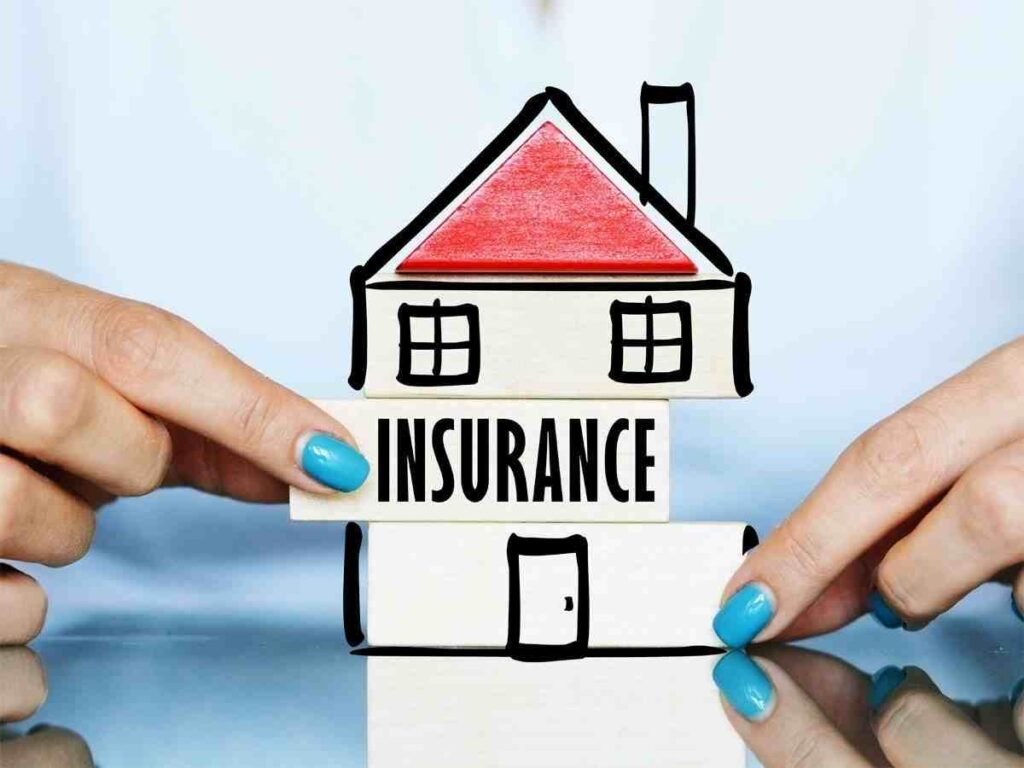
Choosing the right insurance policy for your home construction project is a critical step in ensuring your investment is well-protected. Here are some tips to help you select the most suitable insurance policy:
- Assess the Project Scope: Understand the size and complexity of your construction project. This will influence the type of insurance you need and the coverage limits.
- Know the Types of Coverage: Familiarize yourself with different insurance types, such as builders risk insurance, general liability, and workers’ compensation. Each serves a different purpose and may be necessary for your project.
- Read Your Builder’s Contract: Often, contractors will have their own insurance policies. Ensure that their coverage is adequate and that it complements the insurance you purchase.
- Check for Policy Endorsements: Some policies offer endorsements that can extend or add coverage for specific risks associated with construction.
- Compare Quotes: Get quotes from multiple insurance providers to compare coverage options and costs. Look for policies that offer the best value for the coverage you need.
- Consider the Duration: Ensure the policy covers the entire construction period and can be extended if there are delays.
- Evaluate the Insurer’s Reputation: Research the insurer’s financial stability and customer service record. Choose a company known for handling claims fairly and efficiently.
By following these steps, you can make an informed decision and choose an insurance policy that provides comprehensive protection for your home during construction.
Insurance Cost Factors
The cost of insurance during home construction can be influenced by a variety of factors. Understanding these can help you anticipate the potential costs and choose the right policy for your needs. Here are some key factors that affect the cost of insurance during construction:
- Project Scope: The larger and more complex the project, the higher the insurance cost due to increased risks.
- Construction Materials: High-quality or rare materials can increase the cost, as they are more expensive to replace.
- Project Duration: Longer construction projects typically cost more to insure because they are exposed to risks for an extended period.
- Location: Areas prone to natural disasters or with high crime rates may see higher insurance premiums.
- Contractor’s Experience and Insurance: The contractor’s own insurance and track record can impact the cost. A well-insured contractor with a good safety record may help lower your rates.
- Claims History: If you have a history of making insurance claims, insurers may consider you a higher risk, leading to higher premiums.
- Credit History: Some insurers take credit history into account, with better credit potentially leading to lower rates.
- Safety Measures: Implementing safety measures on the construction site can reduce the risk of accidents and may lower insurance costs.
- Deductibles: Higher deductibles can lower your premium, but you’ll pay more out of pocket in the event of a claim.
- Labor Costs: Wages and labor shortages can affect construction costs, which in turn can impact insurance premiums.
Does Homeowners Insurance Cover Bed Bug Infestation?
By considering these factors and working with an insurance agent, you can better understand the potential costs and ensure that you have the right coverage for your construction project.
Steps to Take After Construction Ends
Once the construction of your home is complete, there are several important steps to take to ensure everything is in order and to transition smoothly into your new space. Here’s a checklist to guide you through the post-construction phase:
- Final Inspections: Arrange for the final inspections required by local authorities to ensure that the construction complies with building codes and regulations.
- Walkthrough with Contractor: Conduct a detailed walkthrough with your contractor to identify any last-minute fixes or touch-ups that may be needed.
- Obtain Certificate of Occupancy: Secure the certificate of occupancy from the local government, which officially allows you to inhabit the building.
- Review Warranty Documents: Go over any warranty documents related to construction work, materials, or appliances installed in your home.
- Update Insurance: Transition from builders risk insurance to a standard homeowner’s insurance policy that reflects the completed status of your home.
- Create a Maintenance Plan: Develop a maintenance schedule for your new home to keep it in top condition and address any issues that may arise over time.
- Settle Final Payments: Ensure all final payments to the contractor and subcontractors are settled, and obtain lien waivers if applicable.
- Collect All Manuals and Documents: Gather all operational manuals, warranty cards, and other documents for appliances and systems installed in your home.
- Security System Installation: Consider installing a security system to protect your new home and provide peace of mind.
- Address Change Notifications: Update your address with the post office, banks, and other important institutions.
By following these steps, you can ensure that the transition into your newly constructed home is as smooth and trouble-free as possible.
FAQs
Q 1. Can I switch my insurance provider midway through the construction?
Ans. Yes, you can switch your insurance provider at any time. However, it’s important to ensure that there is no lapse in coverage during the switch.
Q 2. What happens if my construction project is delayed? Does it affect my insurance?
Ans. Delays can potentially affect your insurance. Some policies have specific timelines and may not cover incidents that occur after the policy has expired. If a delay is anticipated, it’s important to contact your insurance provider to discuss possible extensions or adjustments to your policy.
Q 3. Are there any specific exclusions I should be aware of in a typical homeowner insurance policy during construction?
Ans. Yes, typical exclusions often include poor workmanship, voluntary parting with property, and mechanical breakdowns. It’s crucial to read your policy documents carefully to understand what is not covered.
Q 4. Is there a difference in insurance needs for a self-build project versus a contractor-led project?
Ans. Yes, for a self-build project, the homeowner is typically responsible for the insurance. For a contractor-led project, the contractor usually has builders risk insurance, but the homeowner may still want to have their own coverage.
Q 5. What should I do if my property gets damaged during construction and I need to make a claim?
Ans. You should immediately contact your insurance provider, document the damage with photos or videos, and provide any necessary documentation or information required by the insurance company.
Q 6. Does homeowner insurance during construction cover natural disasters?
Ans. Coverage for natural disasters, also known as “acts of God,” depends on the specific policy. Some policies may cover events like hurricanes and earthquakes, while others may not. It’s important to discuss this with your insurance provider.
Q 7. What are some common mistakes homeowners make when getting insurance for a home under construction?
Ans. Common mistakes include not getting enough coverage, not understanding the exclusions, not updating the policy in case of construction delays, and not considering the need for liability coverage.
Conclusion
In conclusion, homeowner insurance during construction is not just an optional extra, but a necessity. It provides a safety net against a multitude of risks that can occur during the construction process, from theft and vandalism to fire and storm damage. Whether it’s Home Under Construction Insurance or Builders Risk Insurance, the right coverage can save homeowners from potential financial setbacks and provide peace of mind. Remember, every construction project is unique, so it’s important to discuss your specific needs with an insurance professional to ensure you have the right protection.

Join Shubham, a finance enthusiast with a mission to empower readers with the knowledge and tools to achieve financial freedom. Discover smart financial advice and unlock your financial potential.
